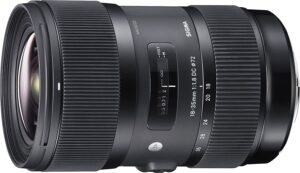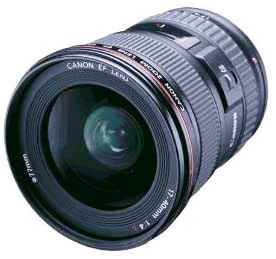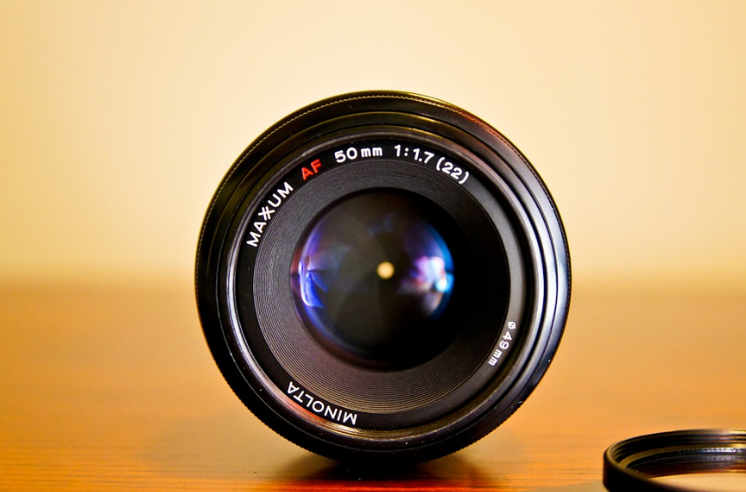Are you looking for the best lens for indoor photography? Or maybe you want to know what the best lens is for taking indoor photos. Either way, this article is made with you in mind.
Choosing the right lens is crucial in order to improve your level of indoor photography. If you want to take control of your camera and capture amazing results, you need to consider what kind of lens you should use. Here’s how to do it effectively.
Top 5 Best Lens For Indoor Photography
Choosing the right lens for indoor photography is key to getting the most out of your photos. There are many lenses specially designed to capture indoor photos, although many standard lenses can be used just as effectively.
1. Canon EF 35mm F2 IS USM Lens – Best 35mm Lens For Canon
Main Features:
- EF-Mount Lens/Full-Frame Format
- Aperture Range: F/2 to F/22
- One Aspherical Element
- Super Spectra Coating
- Ring-Type Ultrasonic Motor System
- Optical Image Stabilizer
- Rounded 8-Blade Diaphragm

A wide-angle lens that is flexible, that is the EF 35mm f/2 ISUSM from Canon offers a wide focal length with advanced autofocus features as well as stabilization of images. The large aperture of f/2 is ideal for working in dim lighting conditions, and provides greater control over the depth of field, allowing for the separation of subjects. The optical design employs an aspherical component to minimize distortion and spherical aberrations for excellent sharpness. Additionally, a Super Spectra coating has also been applied to reduce ghosting and flare for improved quality and contrast. The optical components are aided by the four-stop-effective Image Stabilizer that reduces any appearances of shake in the camera, resulting in better handheld images.
2. Sigma 18-35mm F1.8 Lens for Canon – Best Wide Angle Lens For Indoor Photography
Main Features:
- EF-Mount Lens/APS-C Format
- 28.8-56mm (35mm Equivalent)
- Aperture Variation: f/1.8 to f/16
- Five SLD Elements
- Four Aspherical Elements
- Super Multi-Layer Coating
- Hyper Sonic Motor AF System
- Diaphragm Rounded 9-Blade

It is distinguished by its incredibly quick and flexible design The Canon EF mount Sigma 18-35mm f/1.8 DC HSM is an Art-series zoom that covers the entire range from wide-angle to standard focal lengths. Differentiating itself from other models it features an exceptionally brilliant f/1.8 fixed maximum aperture that is ideal for use in difficult lighting conditions. Additionally, it gives a remarkable depth of field control across its zoom range. The optical design includes an array of SLD and aspherical elements that help achieve superior clarity and sharpness by reducing different aberrations, color fringing, and distortion.
3. Canon RF 50mm F1.2 Lens – Canon RF 50mm F1.2 Review
Main Features:
- RF-Mount Lens/Full-Frame Format
- Aperture Band: f/1.2 to f/16
- One UD Element, One Aspherical Element
- Ring-Type Ultrasonic Motor AF Systems
- Customizable Control Ring
- Rounded 10-Blade Diaphragm

It is distinguished by its speed and power, it is distinguished by its speed. RF 50mm f/1.2 L USM from Canon is a popular normal-length prime because of its flexible focal length and its bright f/1.2 max aperture. The fast-moving design is ideal for challenging lighting conditions and is a great choice for those using shallow depth of field techniques and selective focus. The optical layout is comprised of one UD element as well as an aspherical component, which helps reduce both chromatic as well as spherical aberrations to achieve more clarity and sharpness.
4. Canon EF 50mm F1.8 STM Lens – Canon EF 50mm F/1.8 STM Lens Review
Main Features:
- EF-Mount Lens/Full-Frame Format
- Aperture Band: f/1.8 to f/22
- Super Spectra Coating
- STM Stepping Motor
- Rounded 7-Blade Diaphragm

A solitary of the more adaptable central lengths that are accessible and it’s the EF 50mm f/1.8 STM Lens from Canon is a reduced ordinary length prime that is appropriate for everyday shooting. The large f/1.8 maximum aperture is beneficial when working in challenging lighting conditions, and provides greater control over the depth of field, which is useful for isolating subjects. Each element is equipped with a Super Spectra coating to help reduce ghosting and flare to achieve higher contrast and accuracy in color in backlit and extreme conditions.
5. Canon EF 17-40mm F4L – Best Wide Angle Zoom Lens For Indoor Photography
Main Features:
- EF-Mount Lens/Full-Frame Format
- Aperture Range: F/4 to F/22
- A Super Ultra-Low Dispersion Elements
- Three Aspherical Element
- Super Spectra Coating
- Ring-Type Ultrasonic Motor AF Systems
- Weather-sealed Construction
- Diaphragm Rounded 7-Blade

It covers a broad range of wide angles The EF 17-40mm F/4L USM lens is one of the L-series Canon zooms that has a constant f/4 aperture, as well as a high-end optical design and sturdy construction. A single Super UD element is featured in addition to three aspherical elements. These assist in reducing the spherical and chromatic distortions to achieve the highest level of clarity, sharpness, and accuracy in color. The Super Spectra coating has also been added to reduce ghosting and flare to improve contrast even in harsh lighting conditions.
Frequently Ask Question(FAQ)
Q. What is the best focal length for indoor photography?
For the majority of photographers for most photographers, the 85mm f/1.8 lens is the perfect portrait lens. It has a large depth of field, while also minimizing the foreshortening effects of smaller primes. It is also available in a professional model with a maximum aperture that is f/1.2.
Q. What is the best setting for indoor photography?
Proper camera settings for indoor photography.
- Maintain ISO to the lowest is possible (around 100)
- Choose an aperture that is f/4 and lower to shoot portraits. Use f/11 or lower for wide shots
- Choose the white balance preset or choose an individual setting to match the particular lighting conditions
- Take photos your photos in RAW photo format for easier editing
Q. What is a 35mm lens best for?
The 35mm lens lets you take a variety of kinds of camera images and angles. It’s large enough to record backgrounds, yet close enough to capture more intimate photos like coverages and portraits.
